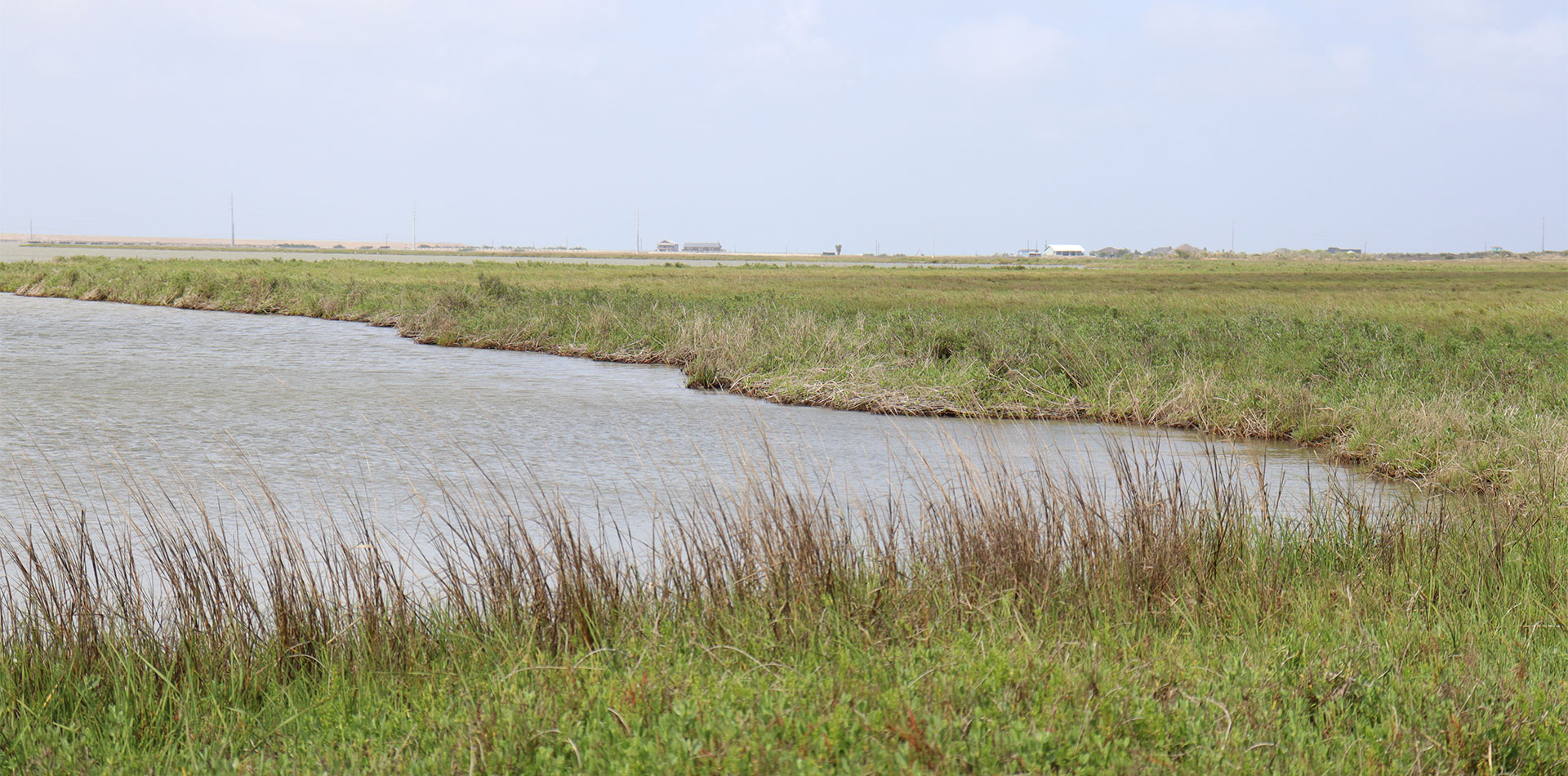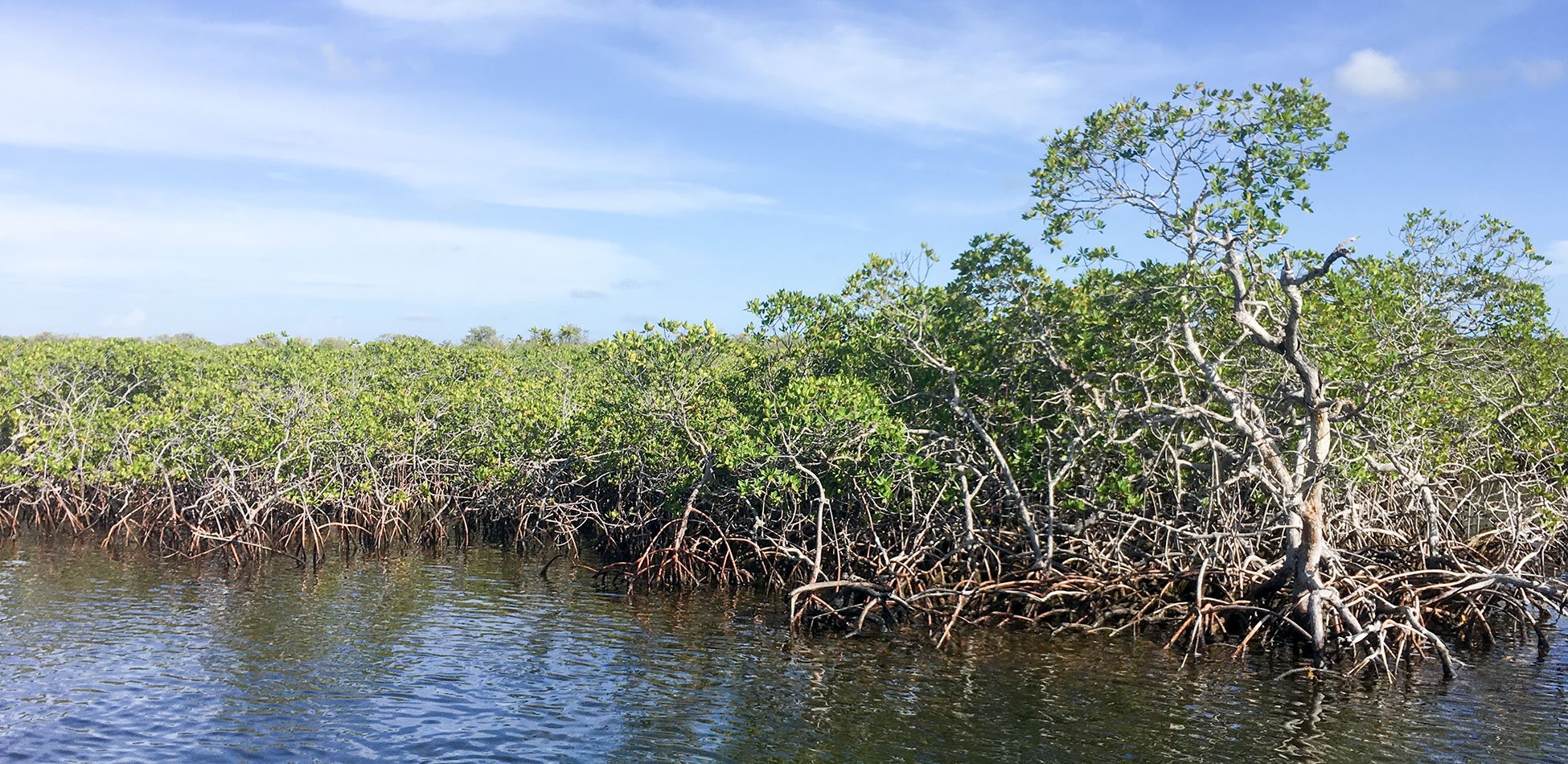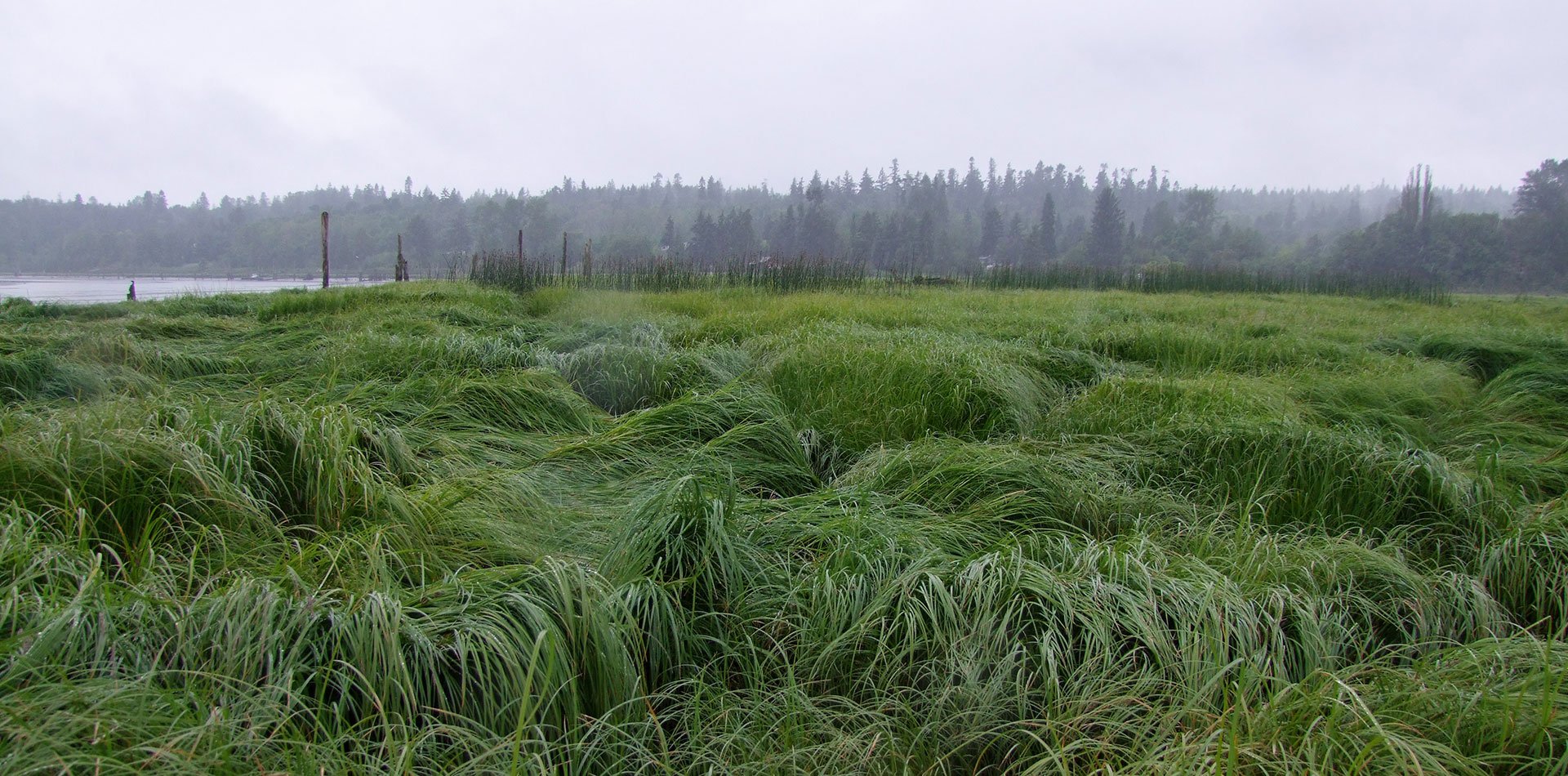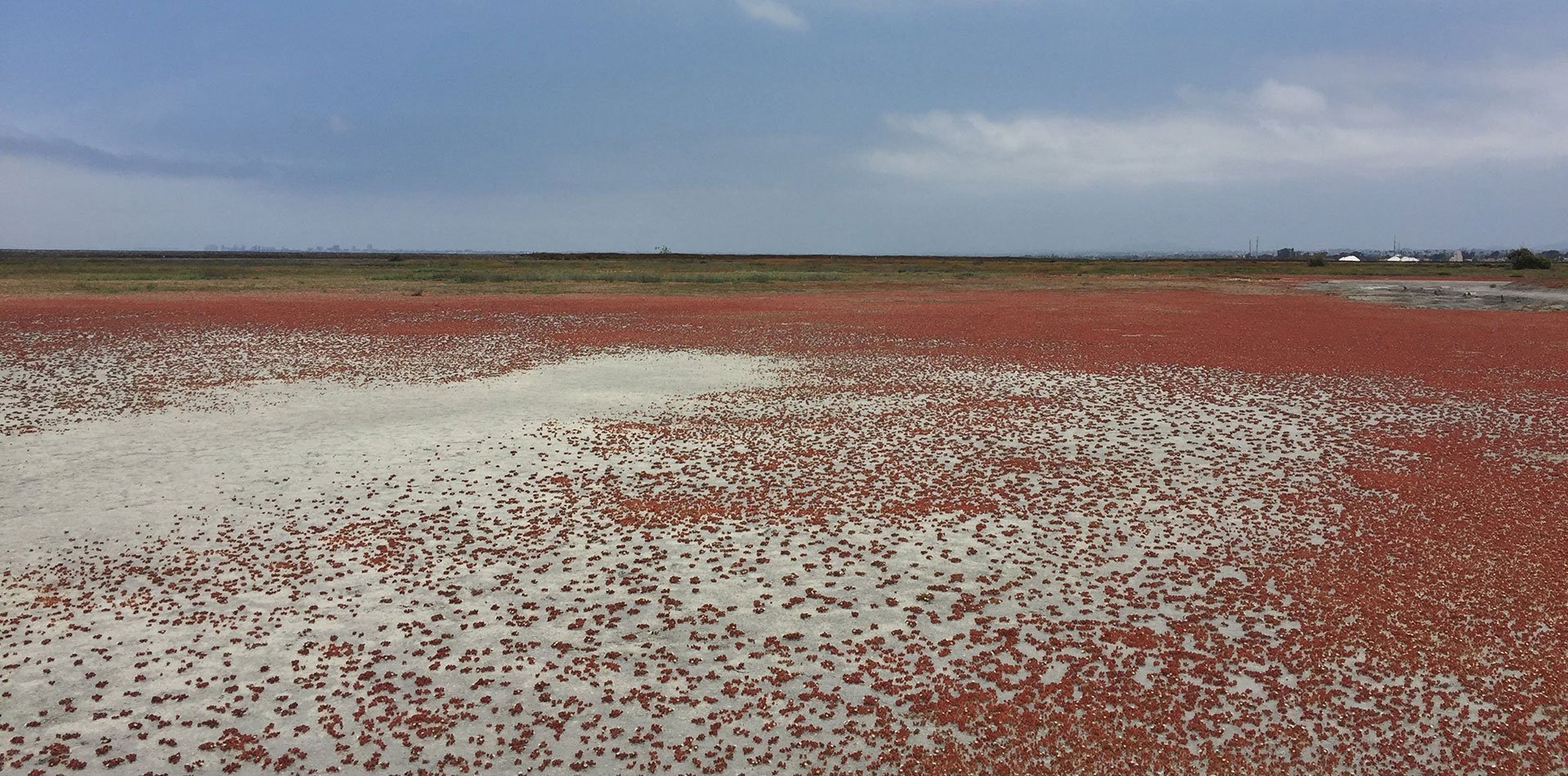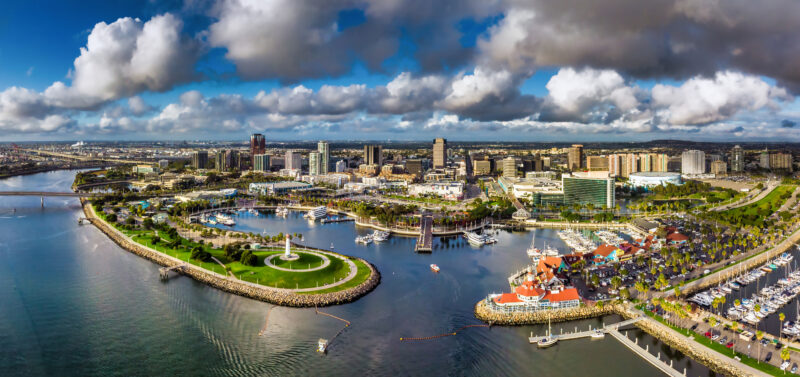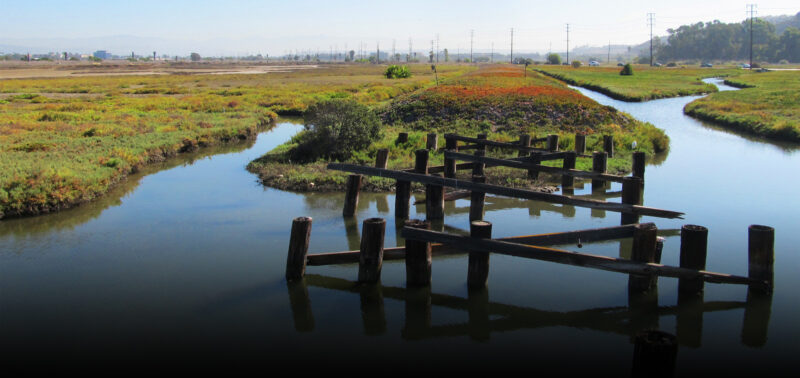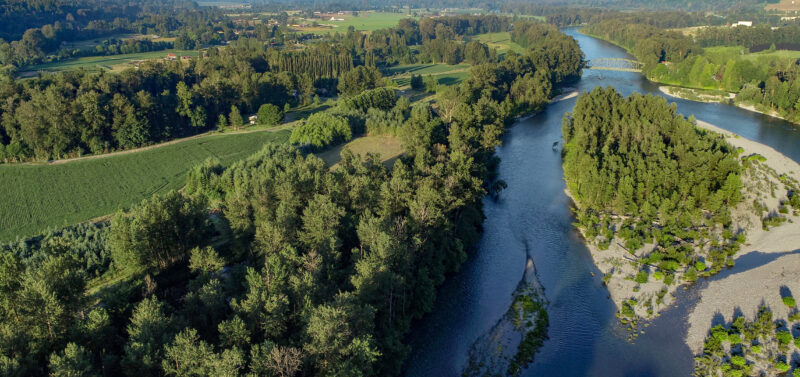ESA uses a customized approach to help clients set sustainability goals and reduce their emissions,...
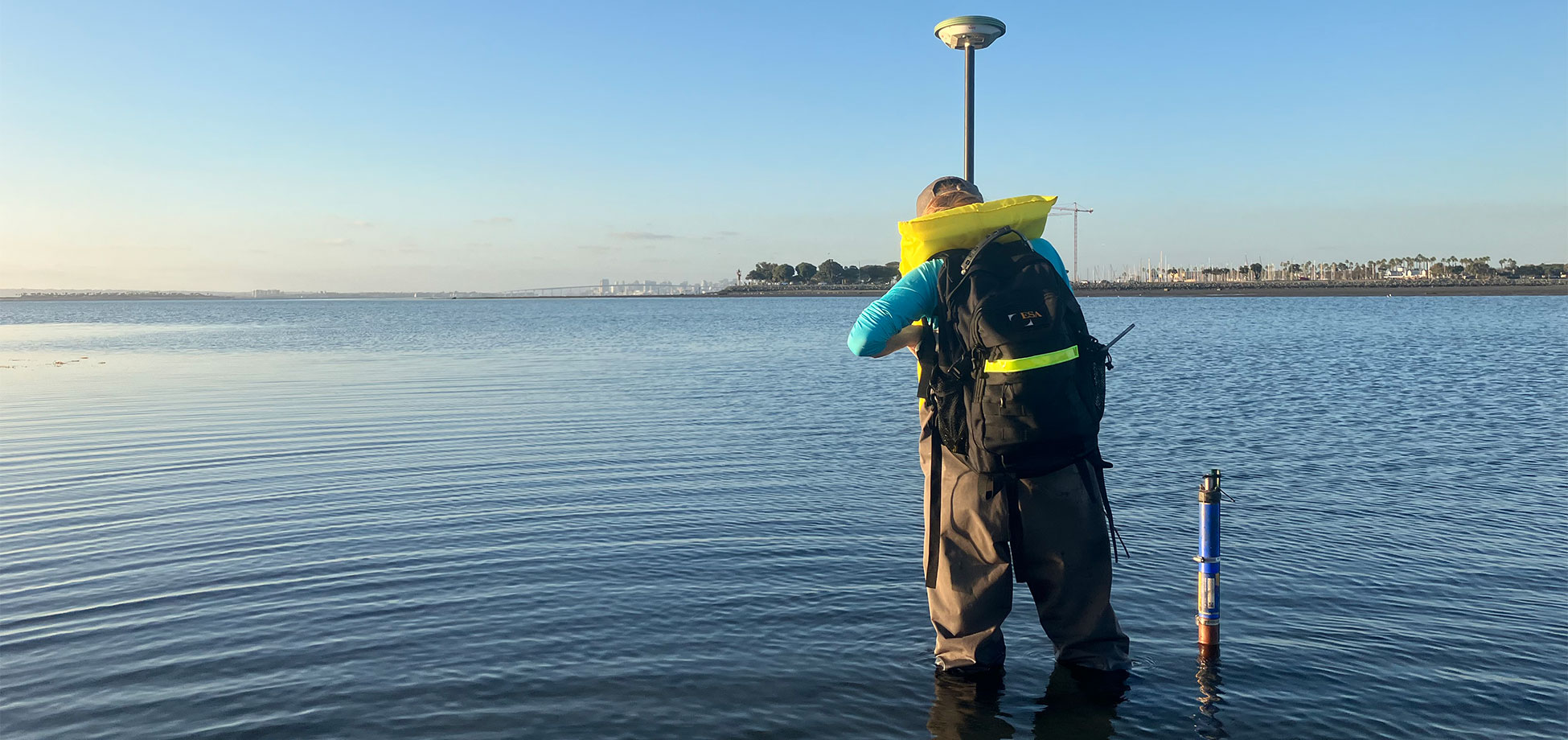
San Diego Bay Eelgrass Blue Carbon
Seagrasses are increasingly recognized as important tools for climate change mitigation as a result of their ability to sequester and store atmospheric carbon in their biomass and soils.
Why does this project matter?
Quantifying the carbon stocks in the eelgrass beds within San Diego Bay provides a valuable window into understanding the climate benefits of eelgrass restoration, while also helping to prioritize actions or funds to conserve eelgrass habitats in the context of climate change. This study provides new scientific research on how carbon stocks vary among different eelgrass species, ecoregions, bed depths, and bed ages.
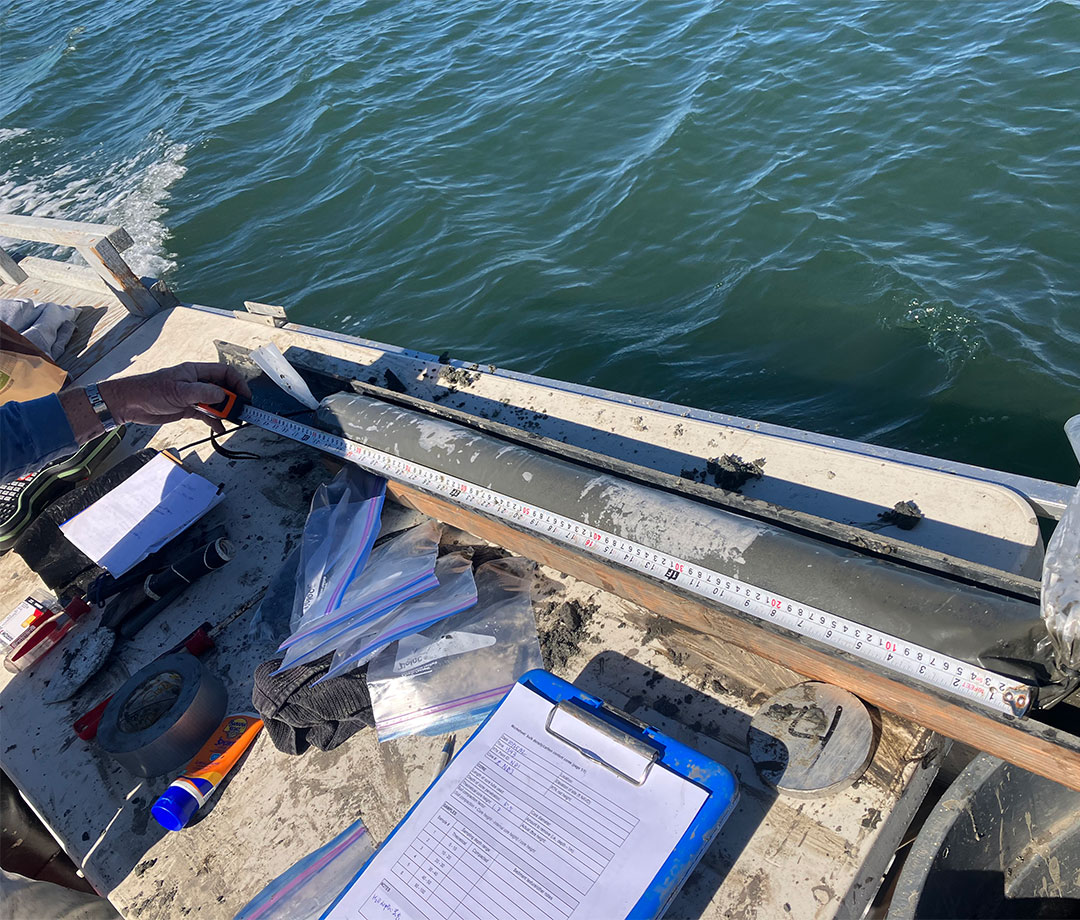
What is ESA doing to help?
In the Year 1 study, ESA partnered with Merkel & Associates to quantify the amount of carbon stored in the eelgrass beds in San Diego Bay. The team collected eelgrass biomass samples and sediment cores to test the amount of carbon stored in the aboveground biomass and belowground sediments. Samples were taken across the bay to test how carbon varies among different eelgrass species, ecoregions, bed depths, and bed ages. Year 1 report: https://pantheonstorage.blob.core.windows.net/environment/2022-San-Diego-Bay-Eelgrass-Blue-Carbon-Study.pdf
In the Year 2 study, we are comparing carbon assimilation (i.e., how eelgrass uses carbon to build biomass) to carbon sequestration (i.e., how carbon is stored in soil long-term). We are also examining the way carbon is stored in the water column through the bicarbonate pathway.

Connect with our team
“This study builds a foundation for understanding how eelgrass could support greenhouse gas emissions reduction efforts for ports and the maritime industry. It’s also another reminder why protecting and restoring eelgrass habitat is so important. “
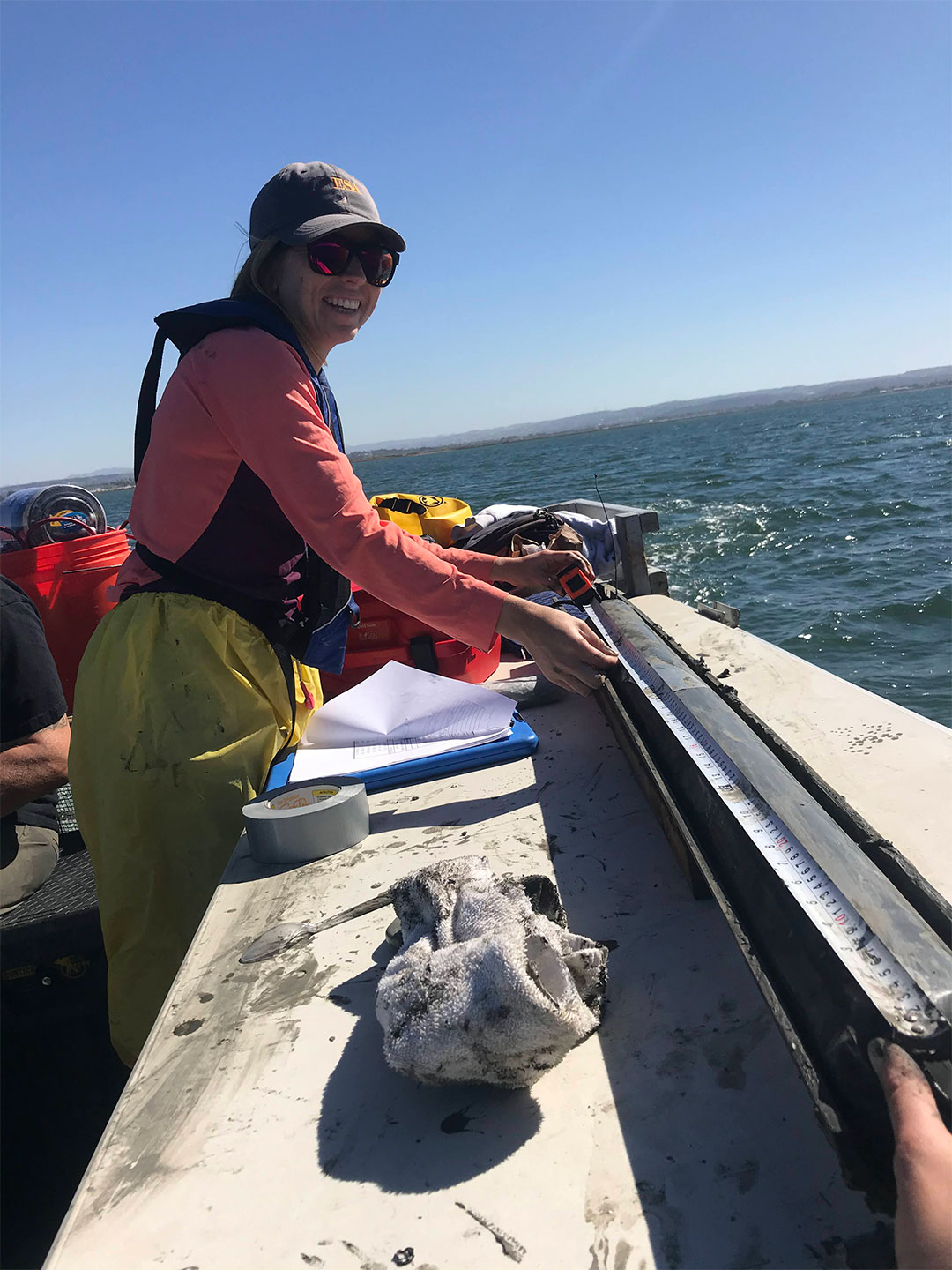
Similar Projects
News & Ideas
The following speech was delivered on September 25, 2025 in Washington, DC, at the Road...
ESA is pleased to sponsor and present at the 2025 American Shore & Beach Preservation...
ESA is hosting a special in-person event featuring premier permitting experts for clients and partners...
ESA helped build the Riparian Data Engine (RDE), a spatial decision-support tool designed to help...
Current Nationwide Permits will expire in March 2026. The following distillation from our permitting experts...


